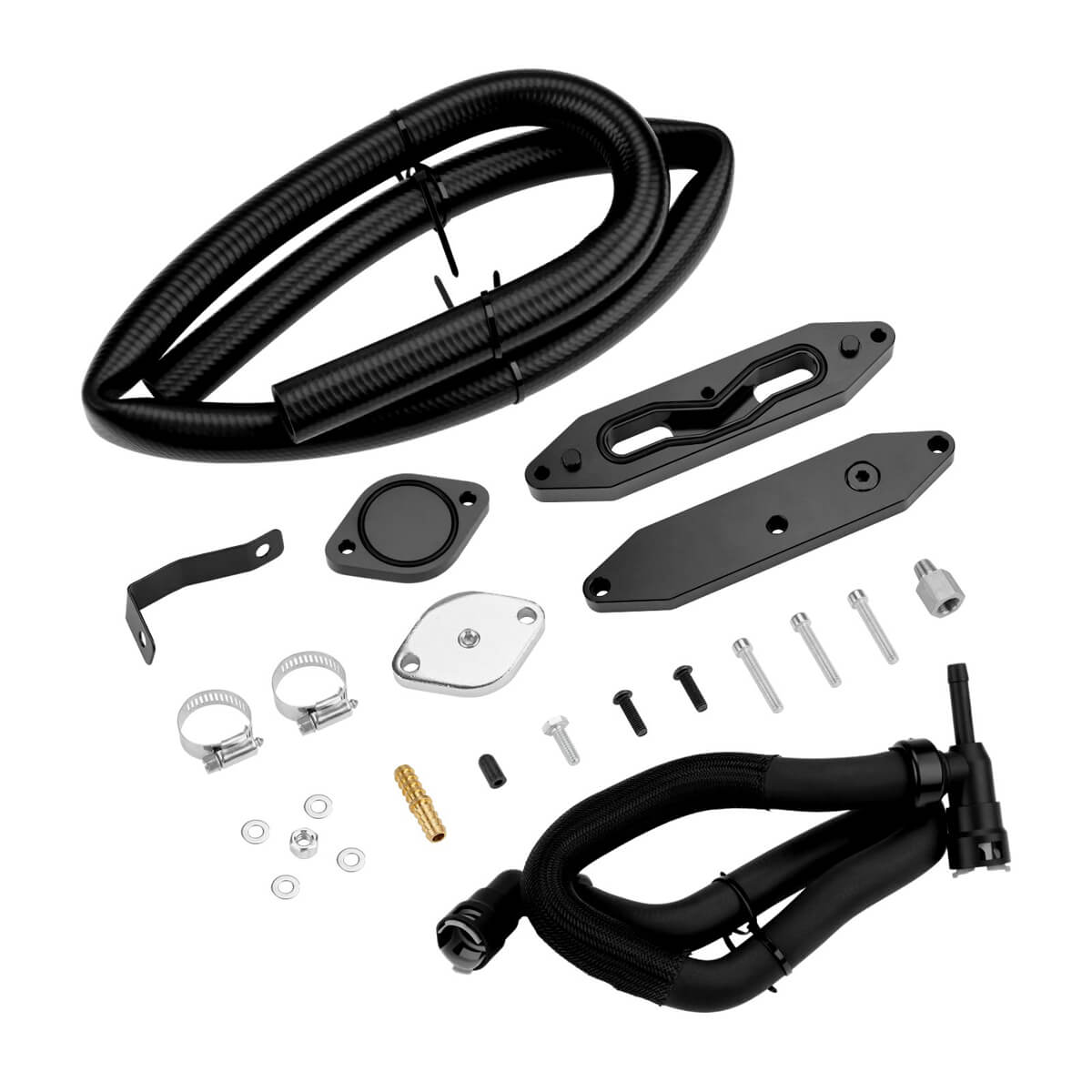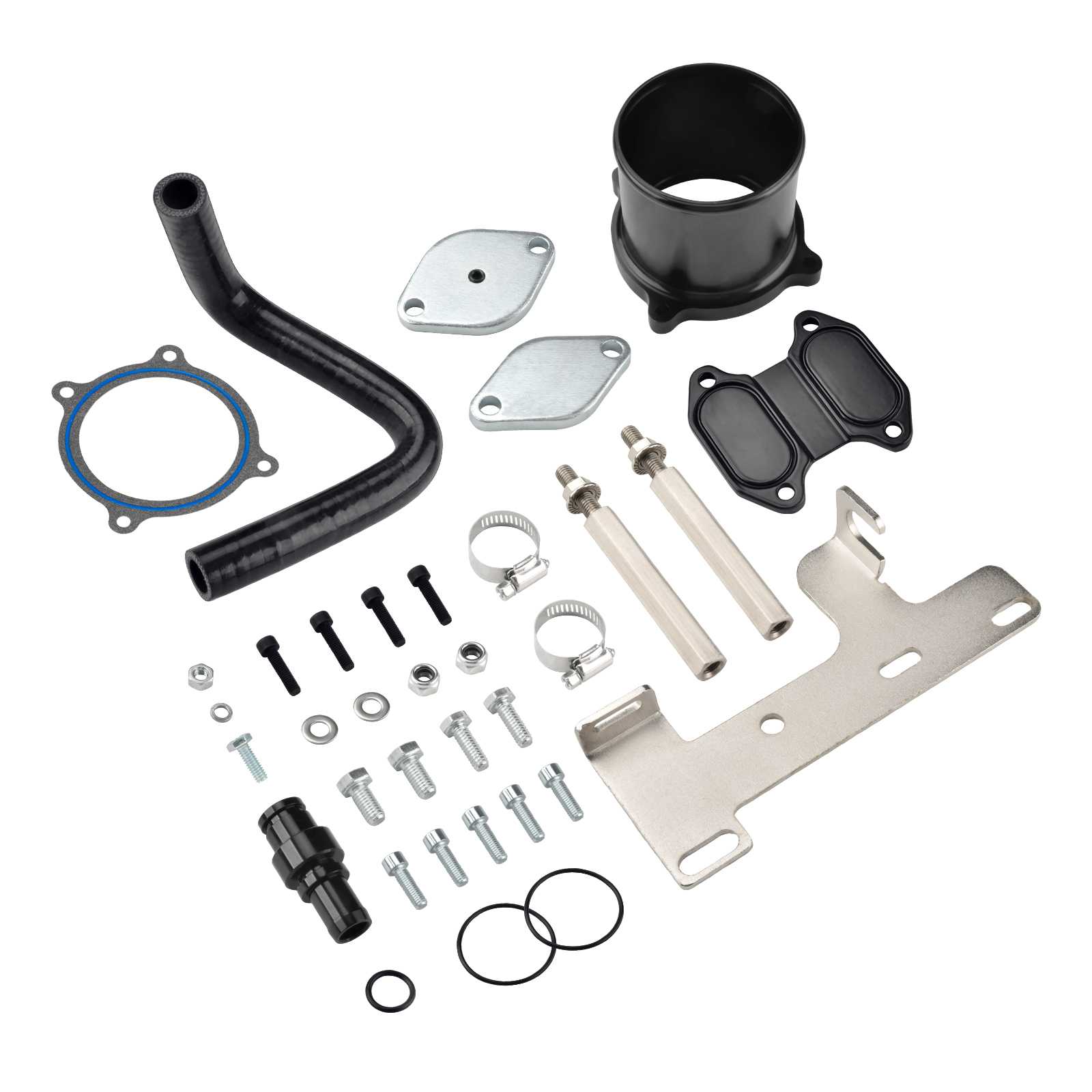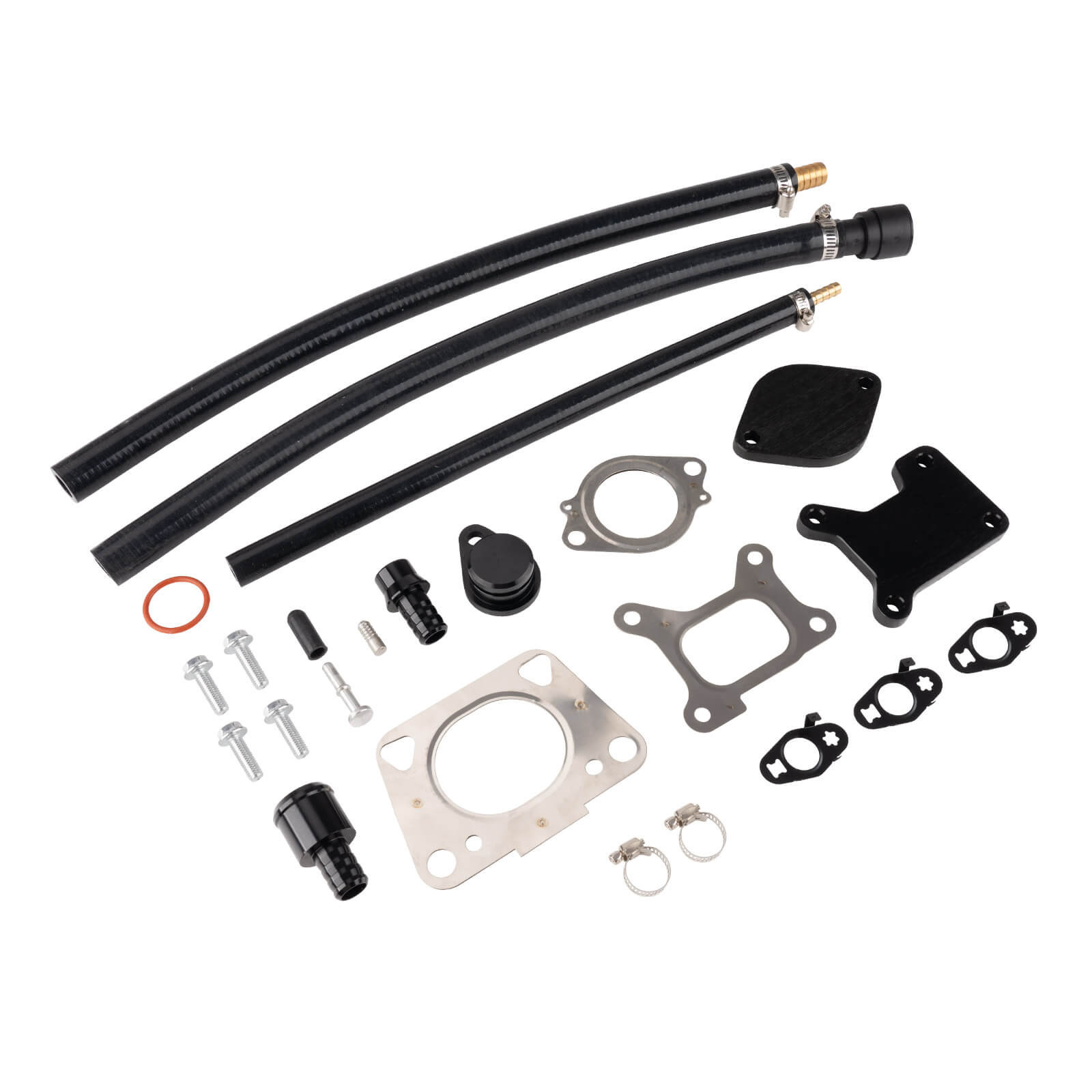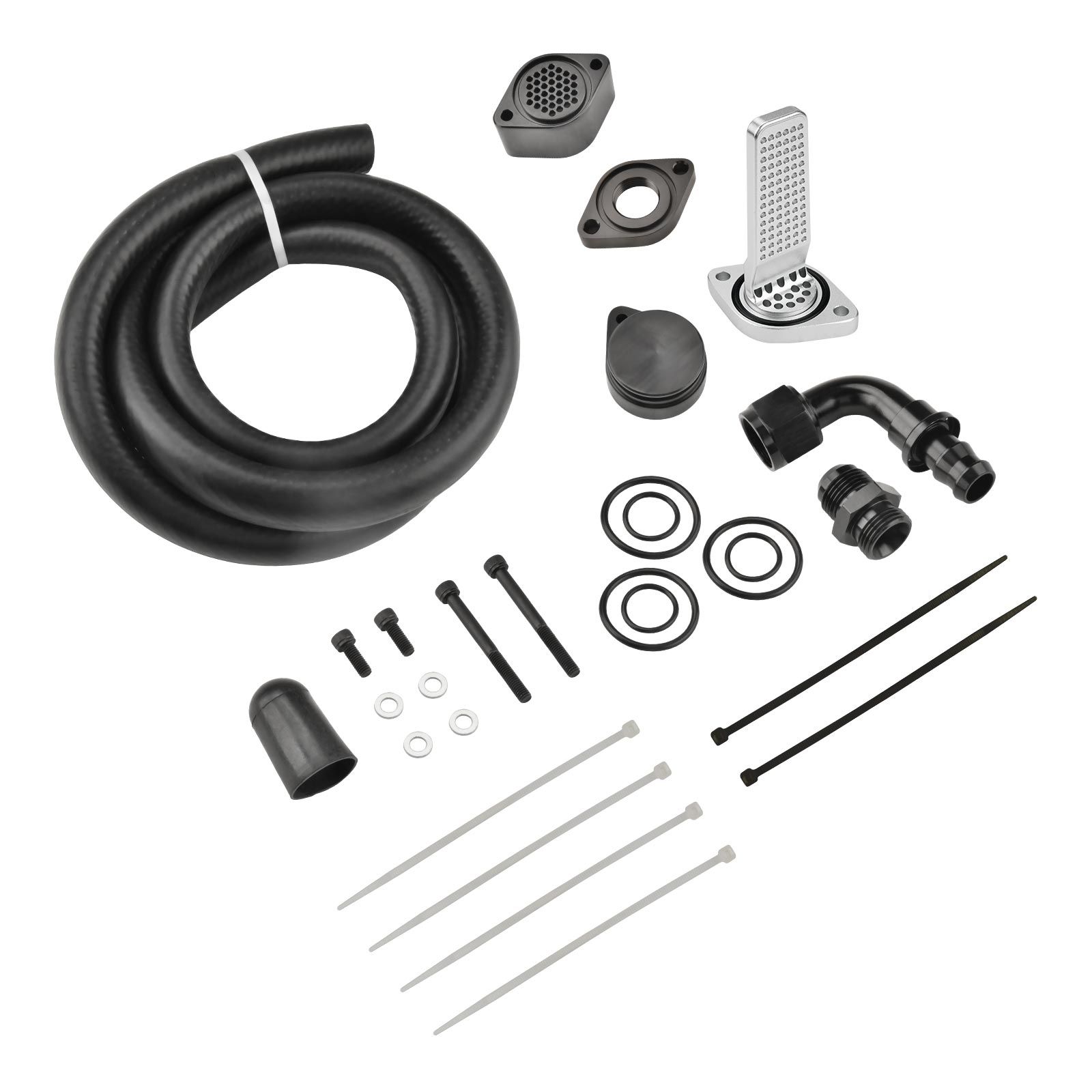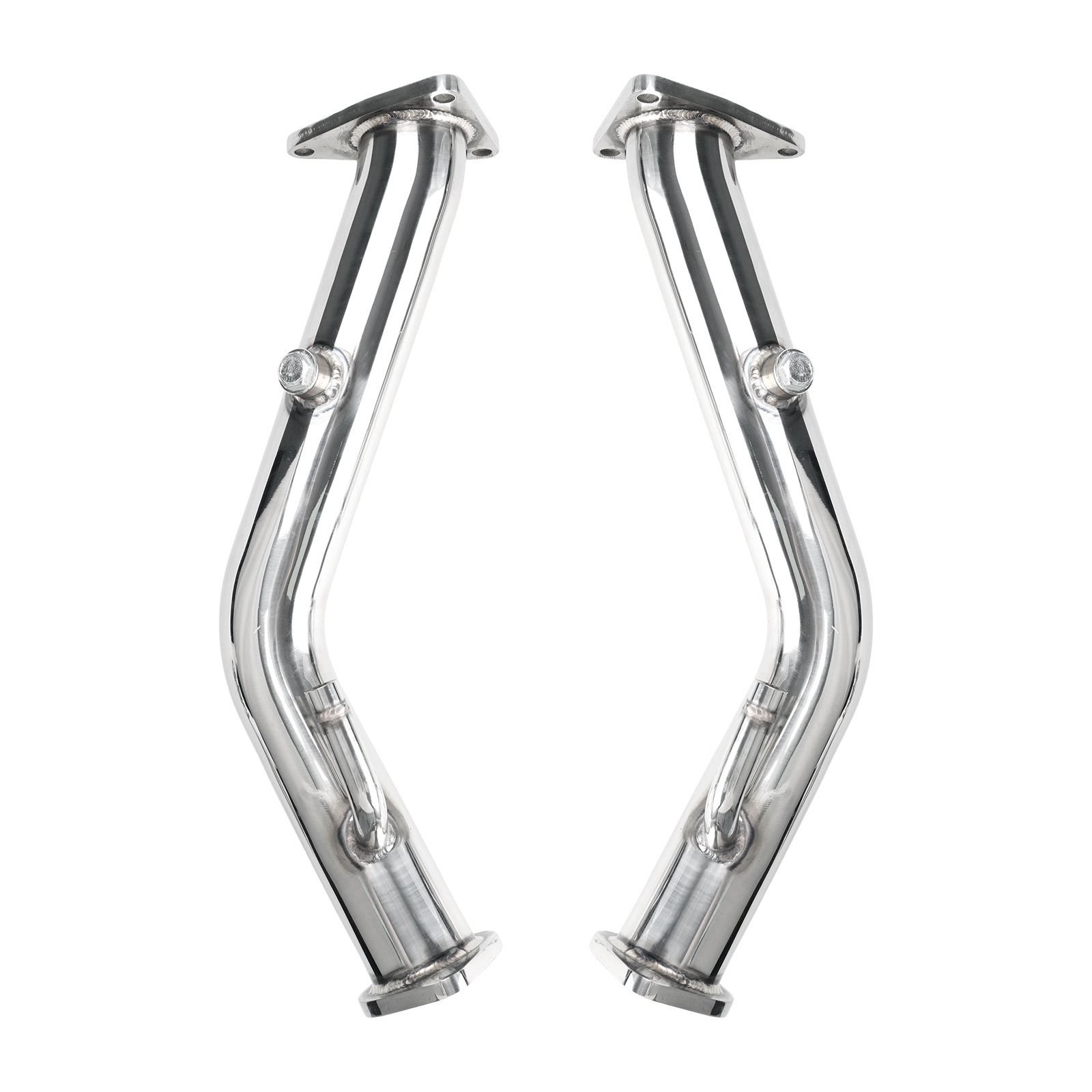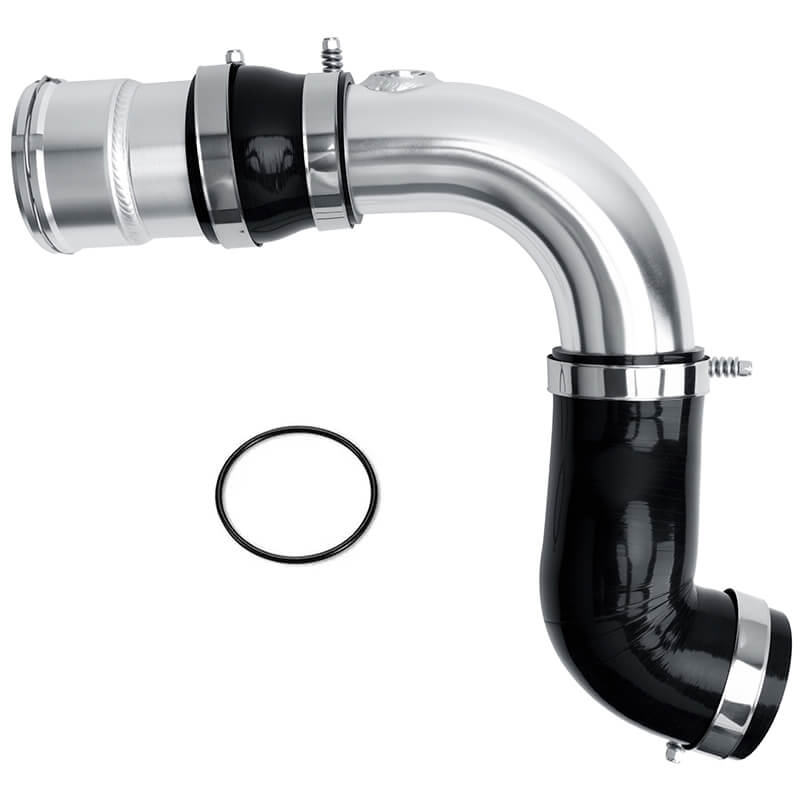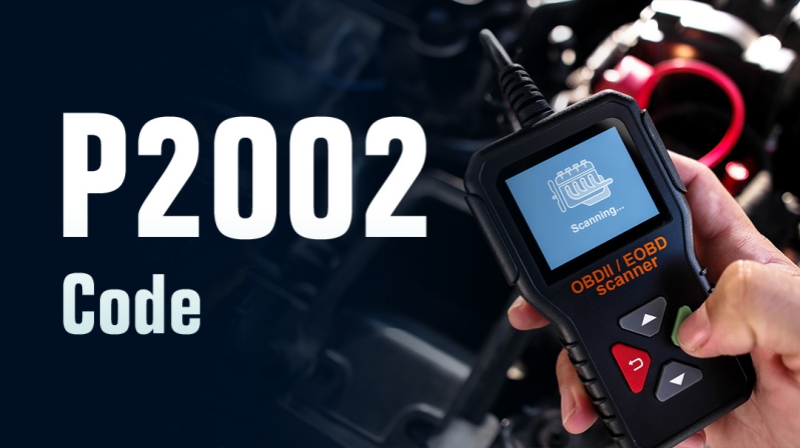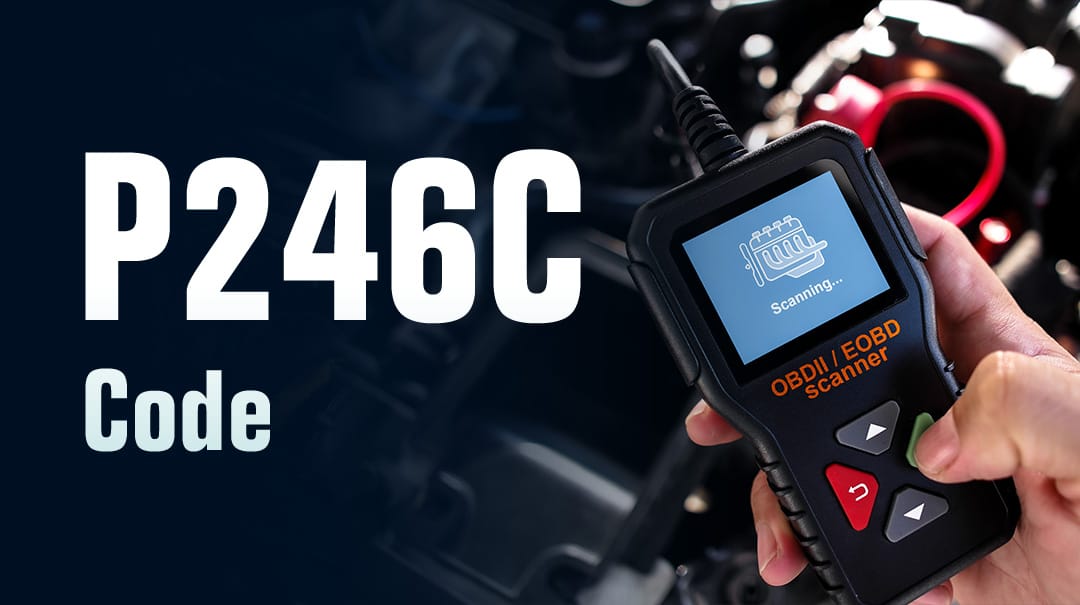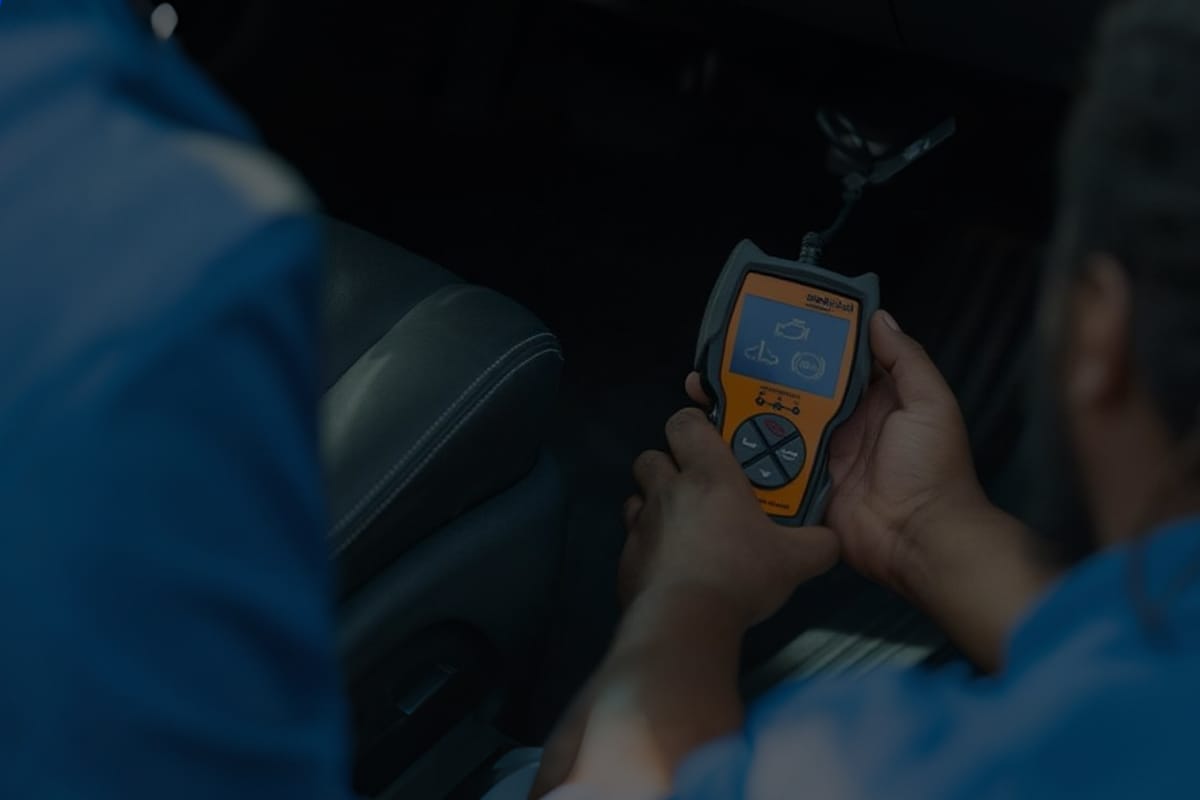It's Monday morning, and you're hauling to make an early delivery. Everything's going smoothly until disaster strikes! The check engine light illuminates, and your vehicle slows down, hinting that something is wrong.
You pull over, plug in your scan tool, and you see the P242F code .
It may seem like an annoying light at first, but if left unchecked, it can cause serious damage to your vehicle, leading to expensive repairs.
In this article, we'll walk through what P242F really means, the signs to look out for, and the best ways to fix and prevent it so that you can get back on the road as soon as possible.
- Code P242F means Diesel Particulate Filter Restriction Due to Ash Accumulation.
- Symptoms : Check Engine Light, poor fuel economy, reduced engine power, and constant fan noise.
- Causes : Clogged DPF, high oil consumption, or faulty sensors.
- Fix : Clean or replace the DPF, check sensors, and use low-ash engine oil.
- Severity : Severe! Prolonged driving can cause engine damage or failed emissions tests.
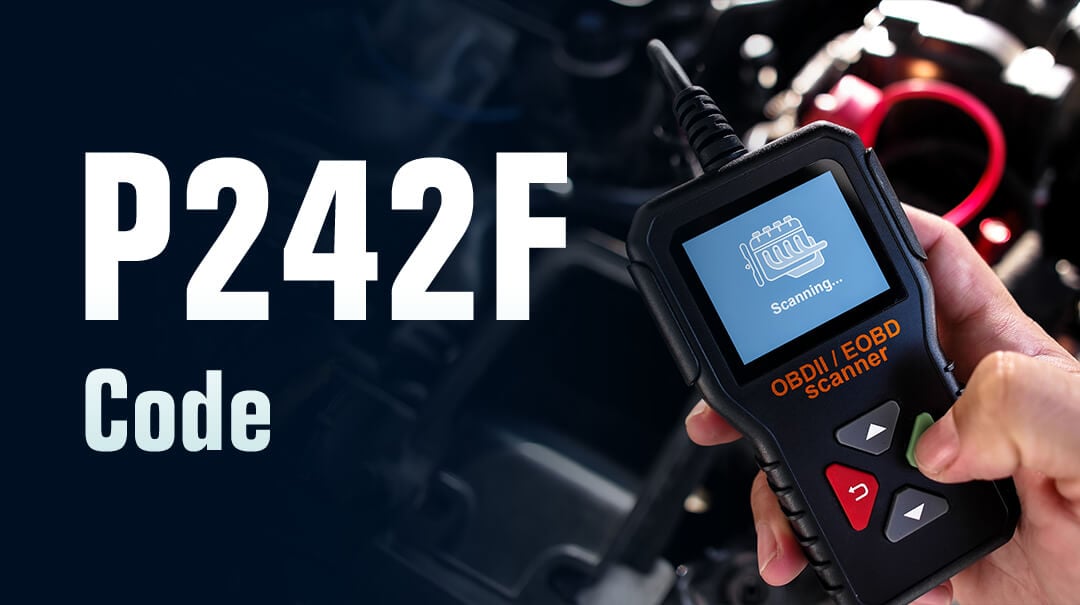
What Does P242F Mean?
The trouble code P242F stands for " Diesel Particulate Filter Ash Accumulation ".
The code indicates the buildup of soot in the Diesel Particulate Filter (DPF), hindering the flow of exhaust gases. When the carbon accumulates to a point that there is not enough space for the gases to pass through, and even the regeneration cycle isn't able to burn it, the relevant sensor sends a signal to the ECM.
The ECM then displays the necessary warnings, like illuminating the check engine light (CEL). It does that because the DPF plays a vital role in keeping the emissions in control and keeping the car running smoothly.
If it chokes, you'll feel a loss of performance in your vehicle, and if an emissions test is around the corner, you're bound to fail that too!
What Are the Symptoms of Code P242F?
There will be some signs that give you a hint that code P242F is about to pop up. If you know the signs, you can resolve the issue before it gets serious. Below are some of the common symptoms you ought to see with a P242F fault code:
1. Check Engine Light (CEL) Illuminates : When the DPF is heavily clogged, the ECM triggers the Check Engine Light (CEL) warning you that if not solved, the issue could seriously affect your vehicle's performance.
Severity: Mild
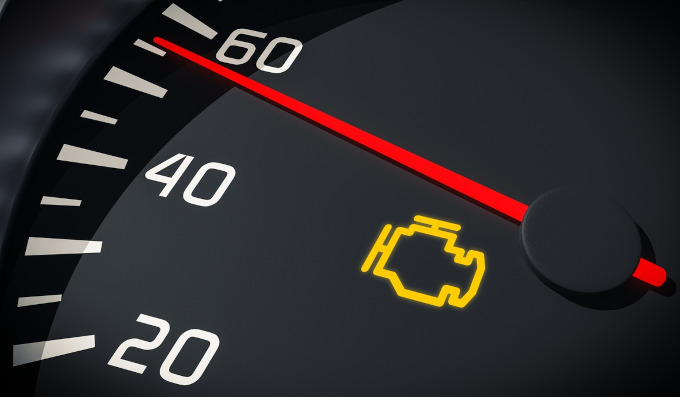
2. Reduced Engine Performance : DPF blockage can lead to decreased engine performance. In some cases, it can trigger limp mode, severely limiting vehicle driving behavior. Multiple modeling and experimental studies have confirmed the mechanism of "blockage → increased back pressure → decreased power/torque".
Severity: Immediate Attention
3. Poor Fuel Economy : Multiple studies have shown that DPF regeneration or severe clogging leads to increased instantaneous fuel consumption. Real-world road measurements show that trips with active regeneration result in approximately 13% higher fuel consumption compared to trips without regeneration.
Severity: Immediate Attention
4. Cooling Fan Running Constantly
: The engine temperature goes way high when the DPF is clogged. As a result, the cooling fan has to work constantly to lower the temperatures. If you feel the fans running without stopping, there could be an issue in the DPF.
Severity: Mild
Top Reasons Why You're Getting a P242F Code
Listed below are the causes that result in a trouble code P242F:
1. Rarely Cleaning the DPF: Although the regeneration cycle is meant to clean the Diesel Particulate Filter, sometimes the ash is stubborn and isn't cleared easily. Therefore, it is important to take the filter off your vehicle and have it thoroughly cleaned with a solution
2. Higher Oil Consumption: A high amount of soot in the DPF is a consequence of the engine consuming a lot of oil. This isn't natural, and it means there is some other issue in your car, like a leaking head gasket.
3. Faulty Sensors: The DPF may be working properly, but a faulty sensor itself is malfunctioning, which triggers the ECM to display fault code P242F.
How to Diagnose the P242F Code? (Step-by-Step Guide)
You'll need these tools to help diagnose the P242F fault:
Tools You'll Need:
- OBD-II scanner
- Digital multimeter
- Flashlight
Step 1: Inspect Sensors & Wiring
- Use the multimeter and check the voltage going into the sensor.
- If it shows 5V, the system is good. If the volts aren't stable, either the sensor is faulty or the wiring.
- Next, inspect the DPFE sensor and its accompanying wires for damage.
Step 2: Check the DPFE Sensor Readings
- Use the OBD-II scanner to check any OBD-II trouble codes from the sensor.
- Compare the readings with the manufacturer's settings by looking in your vehicle-specific service manual.
Step 3: Check the DPF for Ash
- Visually inspect the DPF to confirm soot residue.
- If there is indeed ash clogging the filter, clean it.
- Otherwise, the root cause lies somewhere else.
How to Fix Error Code P242F
If your car has a P242F code, here are some repairs you can do:
❌ Replacing the DPF before checking for faulty sensors
❌ Ignoring oil consumption problems that clog the DPF again
❌ Driving long distance in limp mode (transmission & turbo damage risk)
❌ Using regular engine oil instead of low-ash oil (CK-4/CJ-4)
Clear Carbon Deposits
If the DPF is choked, the best solution is to clean the component by taking it off the vehicle. Once you put it in a cleaning solution and rinse off the excess, the DPF should start functioning normally, and the code will go away.
Replace the DPF
If the Diesel Particulate Filter is too far gone and can't be cleaned, it should be replaced with a new one.
Replace DPFE Sensor
Sometimes it's not the particulate filter but the sensor that's faulty. In that case, remove the old DPFE sensor and replace it with a new one.
Use Better Quality Engine Oil
Try using low-ash engine oils that prevent the accumulation of soot in the Diesel Particulate Filter, among other places.
DPF System Delete
To permanently resolve recurring DPF issues, some vehicle owners opt for DPF removal kits. This modification physically removes the DPF and reprograms the ECU, completely bypassing the system. This fundamentally eliminates all future DPF-related maintenance and fault codes. In some cases, it can also improve fuel economy and driving responsiveness.
However, it's important to note that in areas with strict emissions regulations, such as the Clean Air Act, DPF removal is illegal for any vehicle registered for public road use. Therefore, DPF removal kits are only suitable for racing vehicles or off-road equipment never driven on public roads.
View also: What Is DPF Delete on a Truck
Which Vehicles Are Affected by P242F?
| Make / Model | Years / Engine types most affected | Typical anomaly | Vehicle-specific repair tips |
| Ford F-Series / Transit / Ranger | Powerstroke, Duratorq and TDCi engines. | Faulty DPF differential pressure sensor or issues with the regeneration cycle. | Perform forced regeneration and replace the DPFE sensor. |
| Chevrolet Silverado 2500-2500HD / GMC Sierra | Duramax diesel engines. | DPF clogs easily, and the exhaust sensor and/or temperature sensor fail. | Regularly clean the DPF and inspect sensors. |
| Dodge Ram | P242F code in 6.7 Cummins diesel engines is common. | Excessive soot accumulation or regen not initiating due to sensor error. | Initiate forced regen and replace the faulty sensor. |
How Much Does it Cost to Fix Code P242F?
Factors such as model, make, year, labor rates, and parts availability can affect prices. Keeping that in mind, here are some repair cost estimates for a code P242F DPF fault:
| Item | Part / Cost Estimate | DIY or Professional Help |
| Diagnosis (sensor check, OBD scan, DPF inspection) | $150-$300 including labor | Usually DIY if you have a scanner. But in-depth diagnosis requires professional oversight. |
| Sensor Replacement | $200-$500 with labor | This is DIY, since sensors are easy to replace. |
| Forced DPF Regeneration | $150-$600 including labor | You’ll need the right tools for this, but usually DIY. |
| DPF Clean (off-vehicle) | $500-$1500 with labor | Better done by a professional. |
| DPF Replacement | $150-$600 including labor | Not easy to DIY |
How to Prevent P242F Code?
Here's what you can do to prevent DPF issues from affecting your vehicle:
Long Drives
Taking your vehicle for one 20-30 minute drive every week or so should help the regen cycle to activate and clean off the soot in the DPF.
Use Correct Engine Oil
Only use oils that have a low-ash formula. This includes API CJ-4 / CK-4 formulae and any other recommended in the user manual.
Use High Quality Fuel
Poor fuel quality can affect the regen cycle, making it ineffective in cleaning the DPF. Only fill diesel from reputable gas stations and try using a fuel system cleaner every 6 months.
Keep the EGR Clean
The EGR system is directly linked with the DPF and its other components.
DPF Removal (Off-Road Use Only)
For vehicles that will never be driven on public roads, there is a more fundamental preventative approach. As described in the repair section, the DPF delete kit completely removes the DPF system, thus fundamentally preventing any future dust accumulation or related malfunctions. Again, it is important to emphasize that this is only for off-road or racing use, as it is illegal for road-legal vehicles.
Frequently Asked Questions About P242F
Conclusion
The P242F code is a serious warning indicating that your vehicle's DPF is clogged with excessive ash and is not functioning properly. Ignoring this problem can lead to reduced engine power, decreased fuel efficiency, overheating, frequent limp-mode activation, and more. While forced regeneration can temporarily remove carbon deposits, it cannot remove the ash, meaning the problem will eventually recur.
To properly resolve the P242F fault code, you should check the DPF sensor, inspect the exhaust for blockages, and, if necessary, have the DPF professionally cleaned or replaced.
If you repeatedly encounter this problem and are seeking a permanent solution, you can consider using a DPF removal kit to prevent recurrence. However, please note that this modification is only for off-road use and is illegal for on-road vehicles under emissions regulations in most regions.












